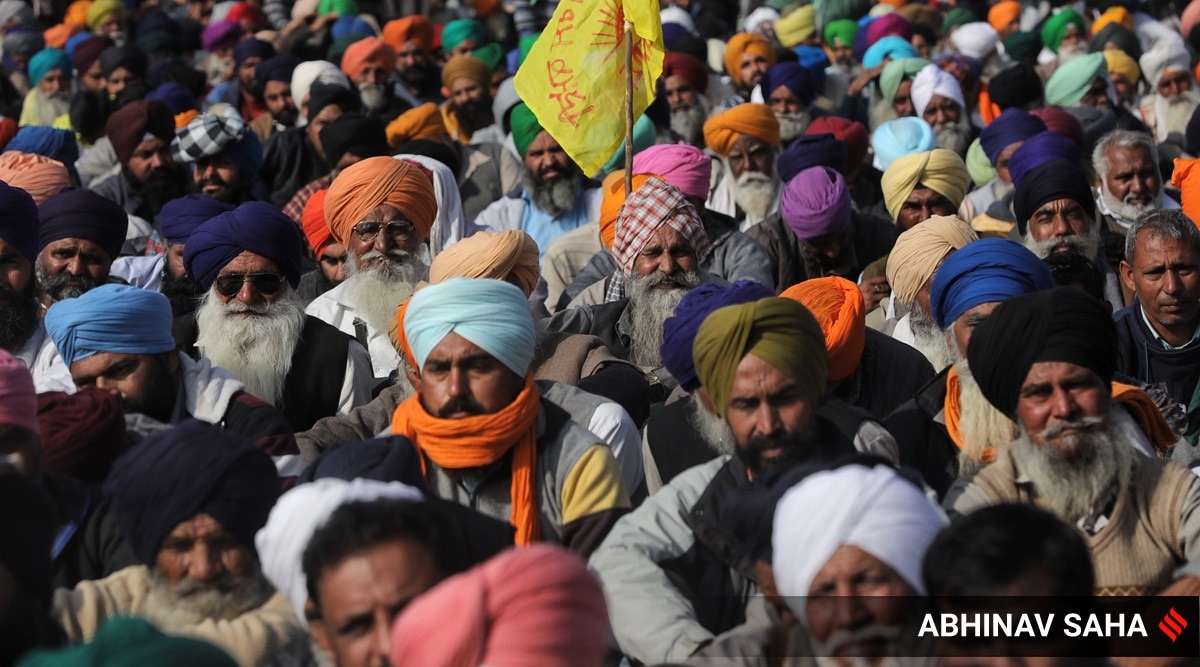 Comparatively less spontaneous than the nationwide anti-CAA protests a year ago, the standoff between protesting farmers and the government over the three laws seems headed towards a Shaheen Bagh-like gridlock.
The government, which had initially dismissed the anti-CAA protests as orchestrated by its political opponents, was forced to counter it with its own public mobilisation.
Comparatively less spontaneous than the nationwide anti-CAA protests a year ago, the standoff between protesting farmers and the government over the three laws seems headed towards a Shaheen Bagh-like gridlock.
The government, which had initially dismissed the anti-CAA protests as orchestrated by its political opponents, was forced to counter it with its own public mobilisation.Comparatively less spontaneous than the nationwide anti-CAA protests a year ago, the standoff between protesting farmers and the government over the three laws seems headed towards a Shaheen Bagh-like gridlock.
The government, which had initially dismissed the anti-CAA protests as orchestrated by its political opponents, was forced to counter it with its own public mobilisation.
Similarly, three weeks of farmers’ protests on the borders of the national capital has got the ruling BJP to plan public meetings across the country. It has taken a leaf from its CAA playbook with senior ministers and leaders holding meetings with “pro-farm laws farmers’ groups,” to signal that the demand for a repeal of the three laws doesn’t
reflect a national farmer sentiment.
Sources in the government suggested that if the protest remains peaceful – as it has been so far – the government will let it continue like it did with the one in Shaheen Bagh.
But government functionaries are insistent that the laws will not be repealed, that its political opponents are riding the agitation and it will not be arm-twisted into conceding more.
This creates the gridlock like in Shaheen Bagh. While the Covid pandemic disrupted that sit-in, protesting farmers are unfazed by the health challenge and have dug their heels in.
There’s one significant difference, though.
Shaheen Bagh polarized the national narrative at the behest of the ruling establishment which extracted political capital out of it but this time, several BJP leaders admit, the farmers’ protests make for “poor political optics and messaging” for the party.
That’s why, they underline, the government will engage with protesting farmers as against outright vilification as was done with the anti-CAA protests.
There is also a sense in the Government that it has political elbow room because the core of the protests is drawn from Punjab and it has not found similar resonance in other states.
The protests also reflect political faultlines.
“Given the community’s participation and the helplessness of major political forces in the state to shape the protest, it also reflects a sense of political vacuum in the state,” said a senior national political functionary.
Punjab goes to polls early 2022. In the last elections, the electorate threw up newcomer AAP indicating rising disenchantment with entrenched political forces. The recent groundswell for the farmers’ protests may suggest a fresh ferment in state politics.
That the Akali Dal had to exit the NDA is being seen as pressure from below that forced its hands. No wonder, the AAP leadership in Delhi, not quite in sync with its wing in Punjab, has backed the protests with Delhi Chief Minister Arvind Kejriwal very visibly throwing his political weight behind them.
For the Centre, its political decision is clear — indicating neither a repeal of the laws nor legislating on the MSP. It has drawn a red line with its offer of concessions, now it is for the protestors to decide how to play their long haul.